
Product information
Sabon Châteauneuf-du-Pape ‘Le Secret des Sabon’ 2016
Rhône Blend from Châteauneuf du Pape, Southern Rhône, Rhône Valley, France
$415
Description
Unquestionably the deepest, richest wine in the lineup, the 2016 Châteauneuf-du-Pape Le Secret des Sabon offers sensational notes of blackberries, cassis, crushed rocks, graphite, and bouquet garni. Full-bodied, ultra-fine, seamless, and pure, it has more elegance and purity than the 2010 and is reminiscent of the 2001. It’s a gorgeous, extraordinary, layered, seamless Châteauneuf-du-Pape to drink over the coming two decades or more.
Jeb Dunnuck
95% Grenache & 5% odds and sods. This is Sabon’s flagship made in minuscule quantities.
Out of stock



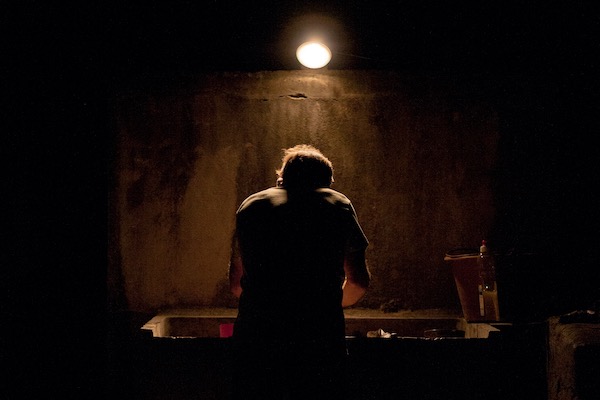



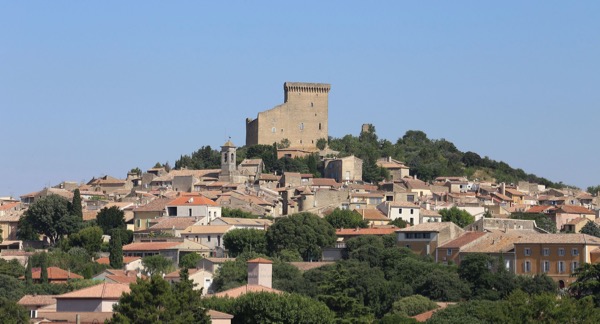
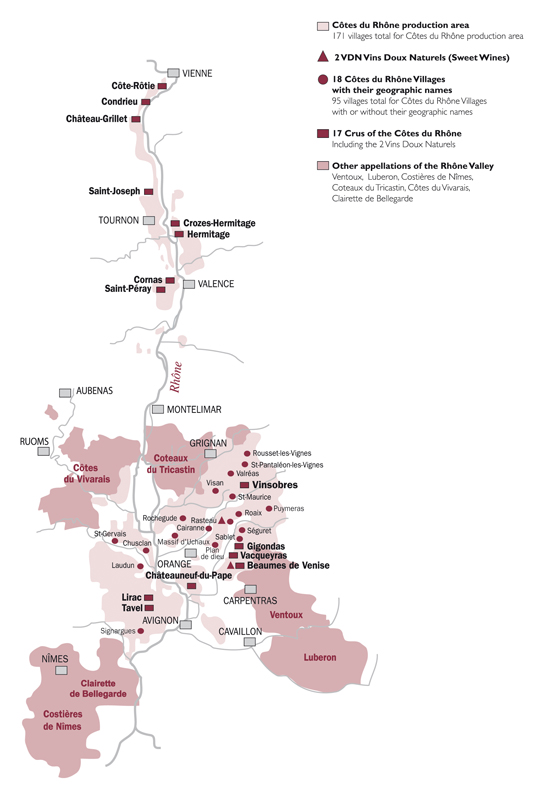
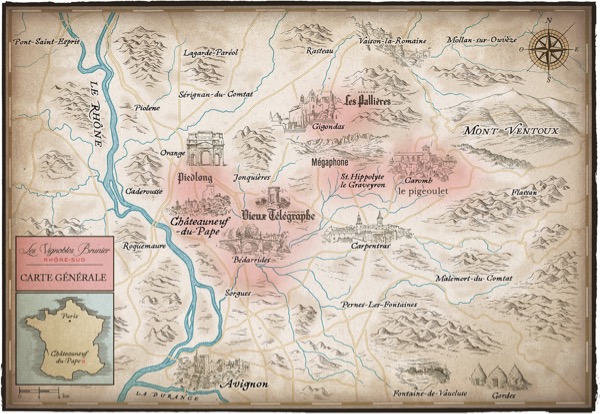
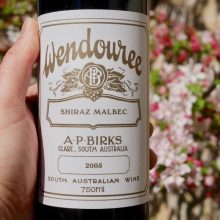
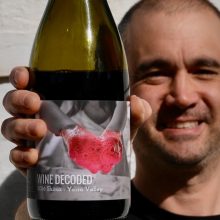
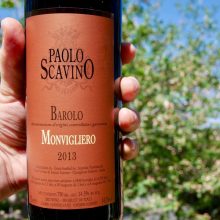
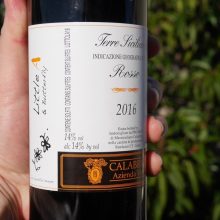
You must be logged in to post a comment.